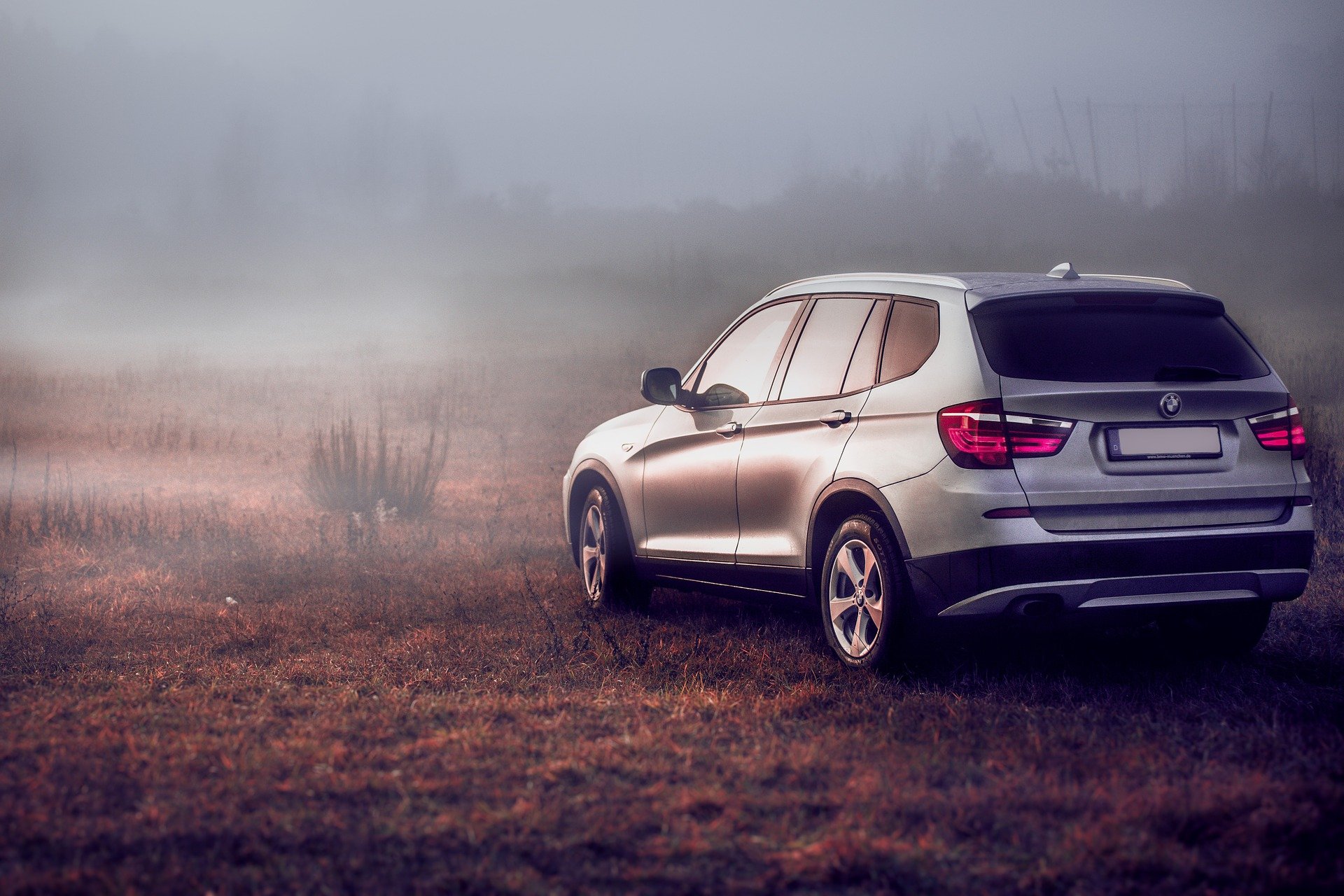
The sport utility vehicle (SUV) has enjoyed an unparalleled triumphant march around the world, and it’s not over yet. This triumphant march resulted, for example, in the proportion of “wall units on wheels” sold in Germany reaching a market share of almost 30 (29.1) percent in November 2021.
This is sad, considering that SUVs, through their increased fuel consumption, have played a significant role in the fact that average CO2 emissions in passenger car traffic have continued to rise instead of fall in recent years. This is despite the auto industry’s constant trumpeting through its marketing channels about the great environmental advances achieved with each new engine technology.
Let’s face it: physics cannot be outwitted. Zooming down the road in an aerodynamically suboptimal vehicle that often weighs more than two tons simply requires more fuel than a lighter, streamlined sedan or compact car.
Emissions and PHEVs
Worse still is the fact that both the German Ministry of Transportation and consumers are fooling themselves. This is especially true for the supposed environmental friendliness of SUV PHEV vehicles (plug-in hybrid electric vehicles). Independent NGOs such as Transport & Environment have proven in studies that SUVs with PHEV drive systems generally emit even more emissions than their conventional brethren.
This is partly due to the convenience of consumers who “forget” to charge their PHEVs regularly – so the already heavy SUV drives around with an additional electric motor and heavy battery. The vehicle then also charges the battery, increasing fuel consumption. This is what you call counterproductive.
eSUVs are not the solution, either
But it’s no different with electromobility. It seems to be a foregone conclusion that almost all future vehicles will have SUV genes. Among other things, this has something to do with the laziness of the engineers at the classic OEMs. Of course, a large battery can be better accommodated in an SUV than in a sleek sports car or a streamlined sedan. The sad culmination at present is the BMW iX (not the vehicle pictured, ed.), which despite its huge dimensions has only 500 liters of trunk space and is so tightly packed at the front that it was decided to keep the “hood” permanently closed.
Thus, the dimensions and performance data of the eSUVs inevitably grow in size. Raw material consumption increases and the batteries get larger. The distances traveled until an eSUV is environmentally more favorable on the road are also growing. It is of little help that the consumption as a nominal gasoline equivalent is between 1.9 and 2.8 liters. Electricity is becoming more and more precious, and in Germany in particular, energy prices are reaching ever-higher levels thanks to ideology-driven electricity policies. So 100 briskly-driven eSUV kilometers (30 kWh/100 km) will cost at least nine euros at the fast charger on the highway, and often double that.
Equipped for the urban jungle
But a second aspect also shows the counterproductivity of SUVs. They are most common where they make the least sense: in urban areas. OEMs still advertise that the “urban jungle” can only be “conquered” by a particularly potent SUV.
In actual fact, however, it is roadside curbs that prove to be the real challenges. They are particularly dangerous in front of daycare centers, schools and other facilities, which is why children, it seems, can only be safely dropped off there by mom’s SUV.
Also interesting: Two former Lightyear employees present budget solar car city use
The space required by SUVs is also gigantic, although it should be noted that this mostly involves their width and height and not so much the length. A luxury sedan more often exceeds the five-meter limit. Small alleys and streets in city centers thus become a gauntlet. It is impossible to think of a normal drive-through with the extra-wide vehicles because when the cities were planned, cars had far less expansive dimensions. The result: even the drivers of normal and small vehicles get stuck in traffic more and more often thanks to the giant vehicles, permanently disrupting the flow of traffic. It is a sad fact that the SUV is an urban traffic obstacle par excellence.
The “Gretchen” question
Let’s move on to the famous “Gretchen question”: who is “to blame” for the high prevalence of urban SUVs?
That’s not what most people want to hear: It’s definitely the consumers, not the OEMs. After all, they only produce what sells. Almost 30 percent market share in Germany speaks for itself.
For survival in urban areas, the SUV seems to have become indispensable. For some, it seems, it has even become a fashion statement. After all, young, dynamic women like to see themselves in these huge, safe vehicles. It’s as much a part of being cool as the premium handbag and premium smartphone. By the way, the bigger the better.
It must be said that, despite the transformation to electromobility, the traffic revolution continues to fail.
You can read Bernd Maier-Leppla’s other column here.
About this column:
In a weekly column, alternately written by Bert Overlack, Eveline van Zeeland, Eugène Franken, Helen Kardan, Katleen Gabriels, Carina Weijma, Bernd Maier-Leppla and Colinda de Beer, Innovation Origins tries to figure out what the future will look like. These columnists, sometimes supplemented by guest bloggers, are all working in their own way to find solutions to the problems of our time.

